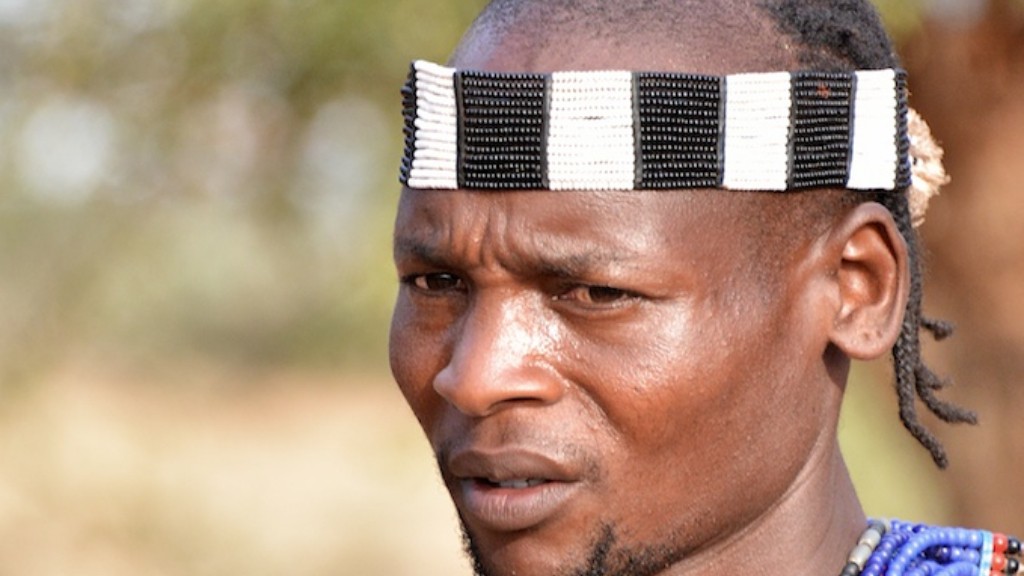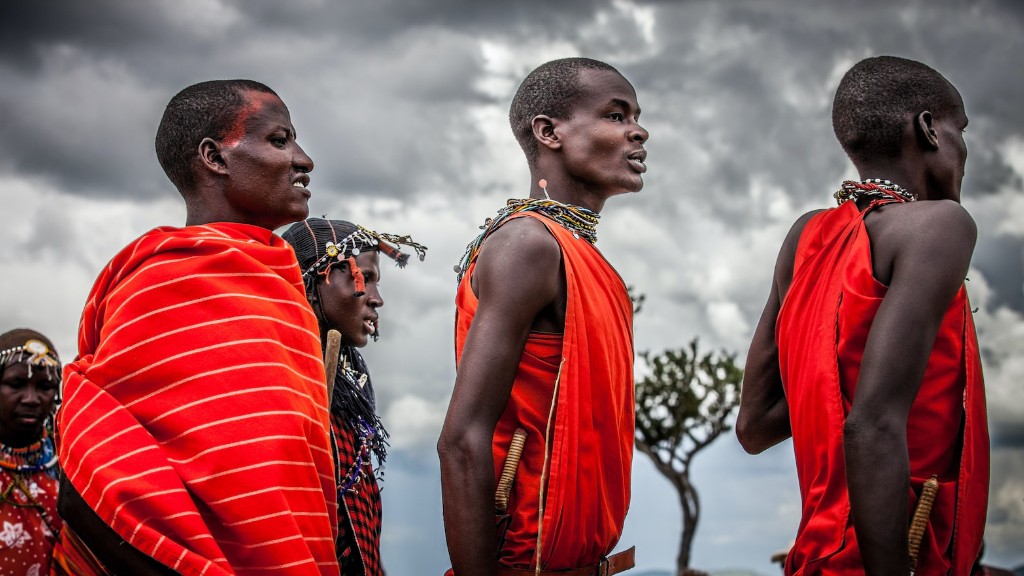Strange Tribes in Africa
Africa is a continent rich in cultural diversity, with various tribes inhabiting its vast and diverse landscapes. While some tribes are well-known and studied, there are others that remain relatively unknown to the wider world. These “strange tribes” offer a fascinating glimpse into the diversity and complexity of Africa’s cultural tapestry.
One such tribe is the Himba tribe of Namibia. The Himba people are known for their unique traditional clothing and hairstyles. The women cover their bodies with a mixture of red ochre and animal fat, giving their skin a reddish hue. They also adorn their hair with intricate braids and headdresses made from animal skins. The Himba tribe has preserved its ancestral customs and way of life, resisting the influences of modernization.
Another intriguing tribe is the Suri tribe of Ethiopia. The Suri tribe is famous for its distinctive body modification practices. Both men and women scarify their bodies using thorns to create intricate patterns that are unique to each individual. This practice is considered a rite of passage and a symbolic way to beautify oneself. The Suri people also wear lip plates, a form of adornment made from clay or wood, which are inserted into a cut in the lower lip. These traditions reflect the Suri’s strong sense of cultural identity and individuality.
The Maasai tribe of Kenya and Tanzania is yet another extraordinary community. Renowned for their vibrant red clothing, beadwork, and skillful warriors, the Maasai have managed to preserve their traditional way of life despite the encroachment of modern society. Their semi-nomadic lifestyle revolves around cattle herding, and they place great importance on their livestock, which is not only a source of sustenance but also a symbol of wealth and status.
Experts argue that these “strange tribes” are not primitive relics of the past but living communities with complex social structures and deep-rooted traditions. They highlight the importance of understanding and respecting these tribes’ way of life rather than seeing them as objects of curiosity or oddities.
Moreover, the survival of these tribes is increasingly under threat. Factors such as climate change, deforestation, and economic pressures are pushing these communities to adapt or risk losing their cultural heritage altogether. Efforts are being made by organizations and researchers to support these tribes in preserving their traditions and provide sustainable development opportunities that respect their cultural values.
Environmental Challenges
The unique lifestyles of these tribes are intricately intertwined with the natural environments they inhabit. Climate change poses a significant challenge to their survival as shifting weather patterns affect their ability to hunt, gather, or herd animals. The encroachment of human activities, such as deforestation and land degradation, further exacerbates the environmental challenges these tribes face. It is crucial to raise awareness about the importance of preserving both the cultural heritage and the ecosystems that support these communities.
Modern Influences
The impact of globalization and modern influences on these ancient tribes cannot be ignored. The introduction of new technologies, increased connectivity, and the pressure to engage in wage labor disrupt the traditional lifestyles of these communities. While some tribes choose to embrace certain aspects of modernity, others are determined to maintain their traditional customs and rituals as a way of preserving their unique cultural identity.
Tourism and Cultural Sensitivity
The rise in tourism in Africa has brought both opportunities and challenges to these tribes. On one hand, tourism can provide economic benefits and cultural exchange opportunities. On the other hand, it can commodify the local culture and exploit vulnerable communities. Responsible tourism that respects the traditions, values, and autonomy of these tribes is essential. Local communities should have a say in how tourism is developed, ensuring that it aligns with their cultural practices and benefits them sustainably.
Preserving Cultural Heritage
The preservation of cultural heritage relies on a multi-faceted approach. Governments, NGOs, and researchers must work together to support the sustainable development of these tribes while respecting their autonomy. It is essential to document and record their traditions, languages, and customs before they disappear. Education and awareness programs can also play a vital role in promoting the understanding and appreciation of these diverse cultures, fostering a sense of pride and ownership within the communities themselves.


